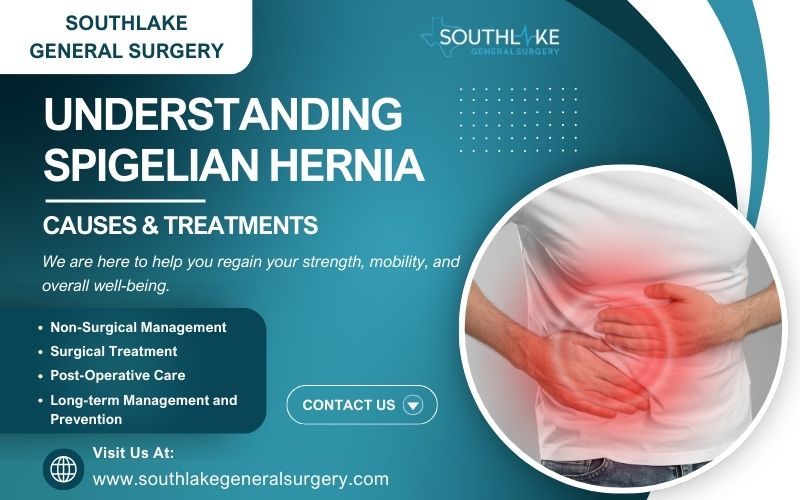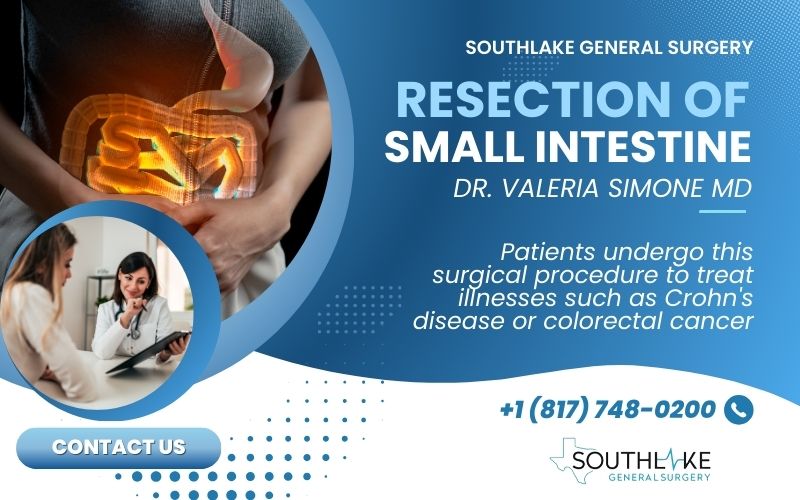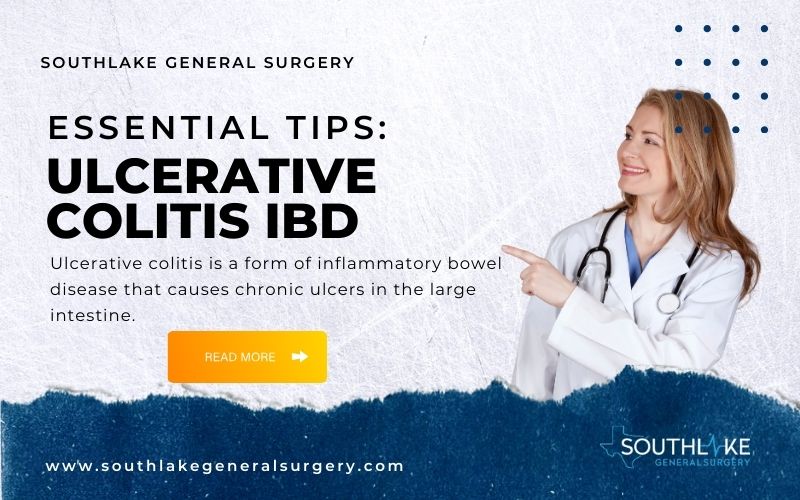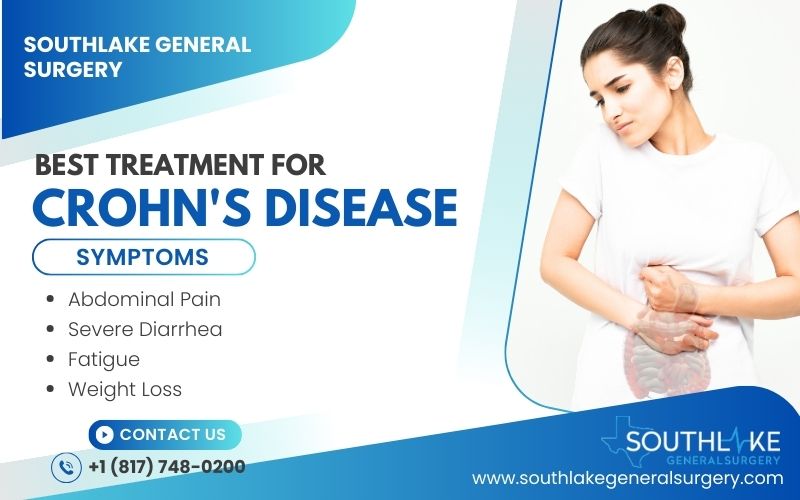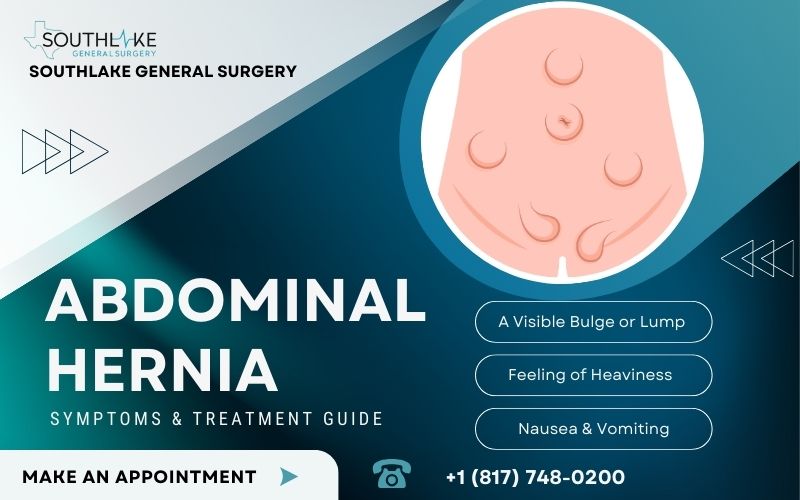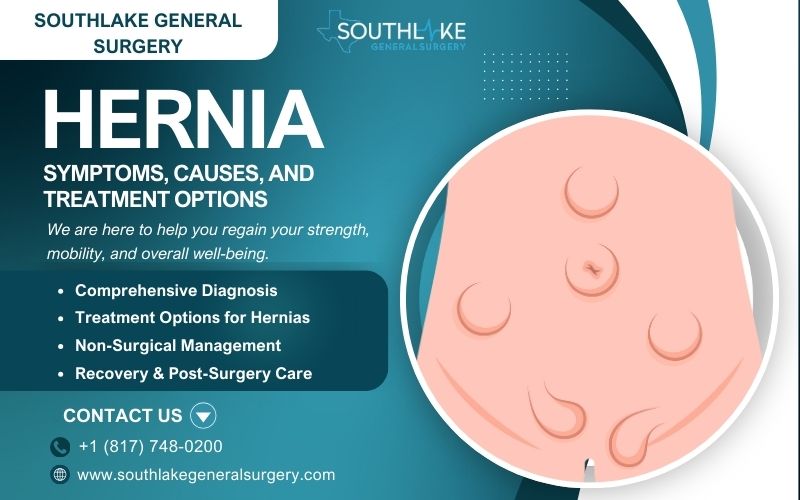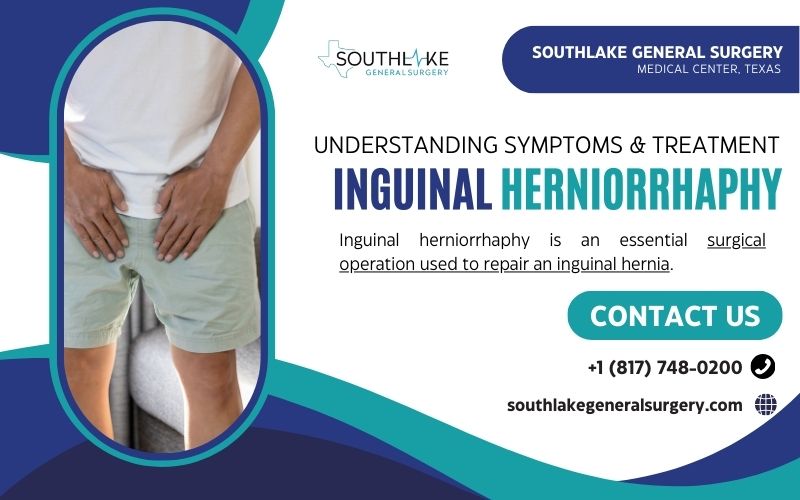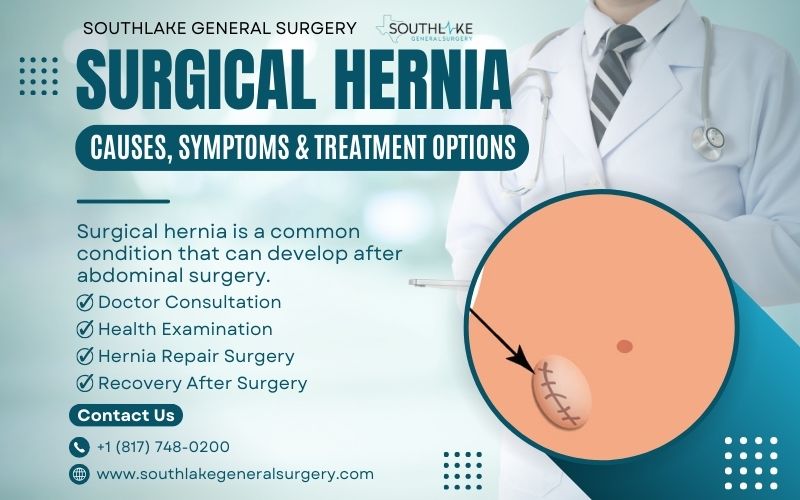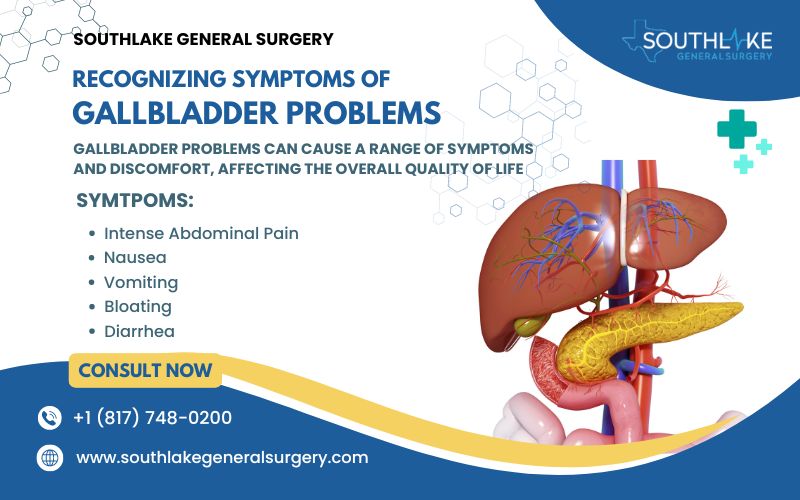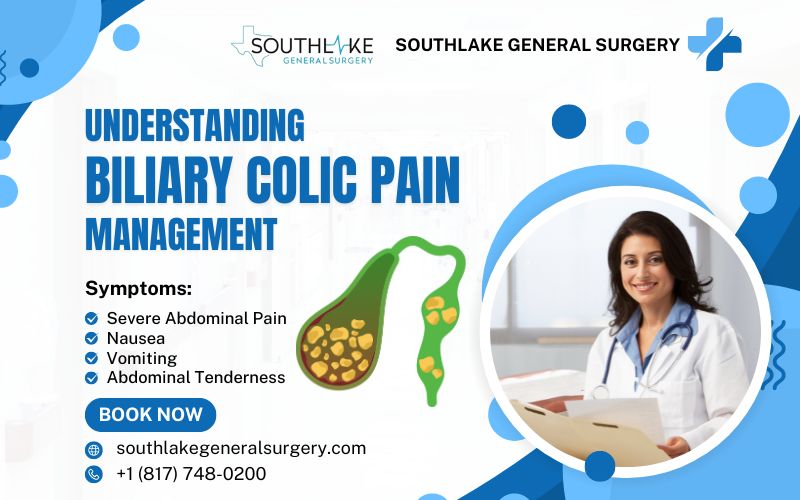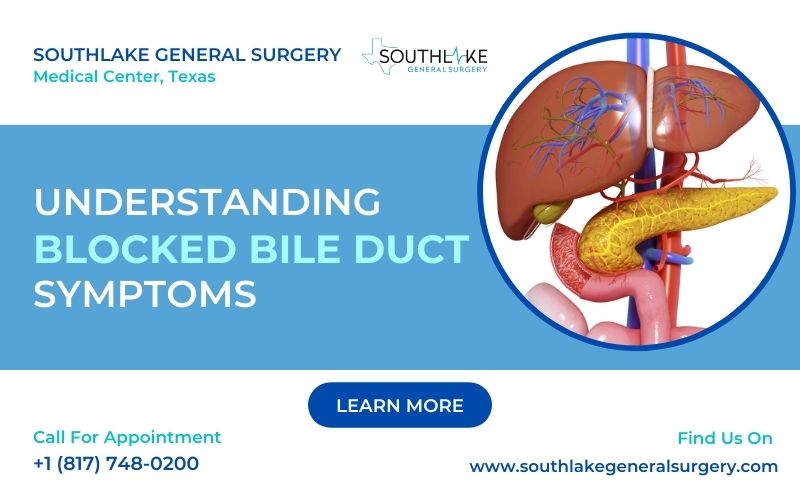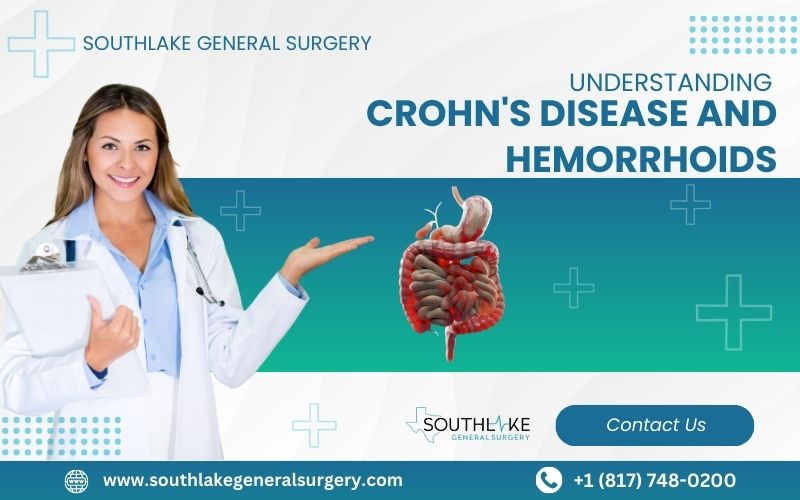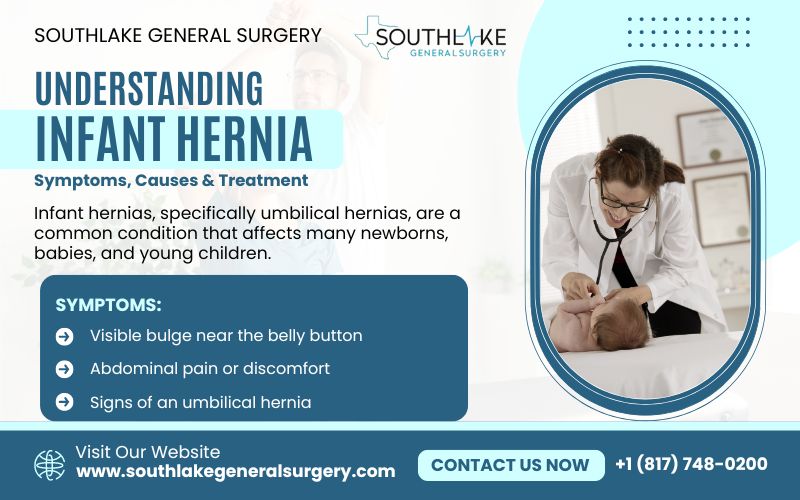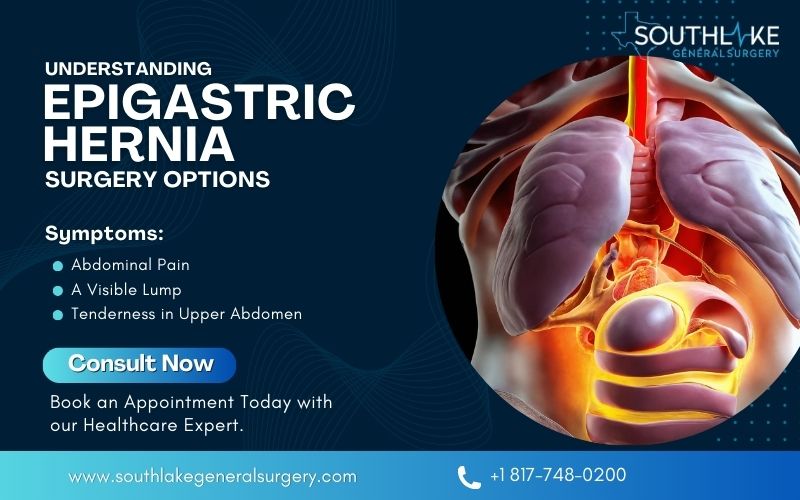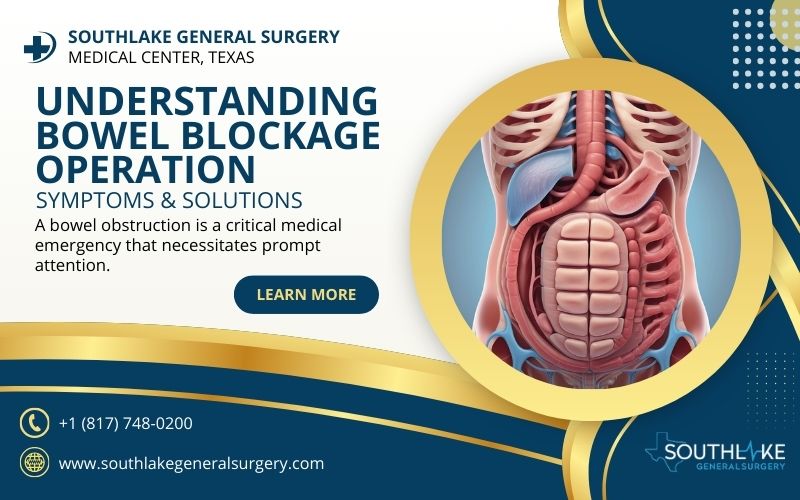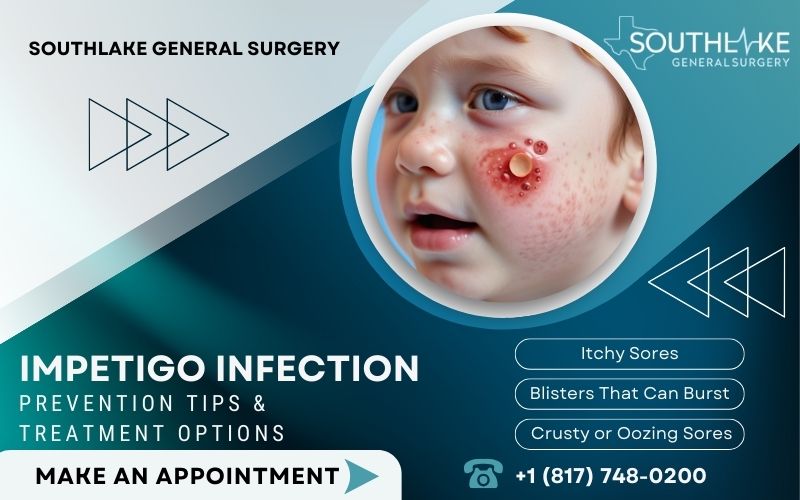A Spigelian hernia is a type of ventral hernia that occurs when a weak spot or opening develops in the Spigelian fascia, a layer of tissue that separates two groups of abdominal muscles. These hernias are rare, accounting for only 0.12% to 2% of abdominal wall hernias.
Read More →
Small intestine resection surgery is a crucial procedure that involves removing a diseased segment of the intestine. Patients undergo this surgical procedure to treat illnesses such as Crohn’s disease or colorectal cancer. General anesthesia is commonly administered to provide a painless procedure.
Read More →
Ulcerative colitis is a chronic form of inflammatory bowel disease (IBD) that causes inflammation and ulcers in the large intestine, also known as the colon. It is characterized by periods of remission and flare-ups, during which individuals experience symptoms such as abdominal pain, bloody diarrhea, and rectal bleeding.
Read More →
The best treatment for Crohn’s disease is a topic that many patients struggle with, as finding the right approach can be challenging. However, with the help of expert insights, individuals can navigate their options more effectively.
Read More →
Abdominal hernia is common and happens when organs push through a weak spot in the abdominal wall. This can cause a visible bulge and discomfort. Hernias can occur in different areas of the abdomen or groin and are classified based on their location.
Read More →
Hernias are a prevalent medical condition that occurs when an organ or fatty tissue protrudes through a weakened area in the surrounding muscle or connective tissue. They can develop in various parts of the body, including the abdomen and groin area.
Read More →
Inguinal herniorrhaphy is an essential surgical operation used to repair an inguinal hernia. It plays a vital role in relieving symptoms and preventing complications.
Read More →
Surgical hernia is a common health condition that can develop after abdominal surgery. They occur when there is a weakening or opening in the abdominal wall, allowing tissue or organs to protrude.
Read More →
Gallbladder problems can cause a range of symptoms and discomfort, affecting the overall quality of life. Understanding the signs and symptoms of gallbladder problems is essential for early diagnosis and appropriate treatment.
Read More →
Biliary colic pain is a sharp and intense abdominal pain that occurs due to a blockage in the bile duct. This blockage prevents the flow of bile from the gallbladder to the small intestine, leading to discomfort and severe pain.
Read More →
Blocked bile duct symptoms can vary depending on the underlying cause of the blockage. Common symptoms may include abdominal pain, jaundice (yellowing of the skin and eyes), dark urine, pale stools, itching, nausea, and vomiting.
Read More →
Crohn’s disease and hemorrhoids are two separate conditions that can affect the gastrointestinal tract. While they are distinct conditions, they are linked, especially for patients with Crohn’s disease. Understanding these conditions and their impact on the digestive system is crucial for managing and treating them effectively.
Read More →
Infant hernia, specifically umbilical hernias, are a common condition that affects many newborns, babies, and young children. It occurs when part of the intestine protrudes through the opening in the abdominal muscles near the belly button (umbilicus).
Read More →
Epigastric hernia surgery may be necessary if the hernia is causing symptoms such as pain, discomfort, or difficulty with daily activities. The type of surgery recommended will depend on the size and location of the hernia, as well as the patient’s overall health.
Read More →
Understanding bowel blockage is crucial for timely intervention. If not treated, this condition can result in serious complications. Bowel obstruction occurs when there is a blockage preventing the normal flow of food, liquids, or gas through the intestines. This blockage can result from various factors, such as tumors, adhesions, or muscle disorders.
Read More →
Impetigo infection is a common skin infection that primarily affects young children, although it can also occur in adults. It is caused by bacteria, most commonly Staphylococcus aureus (staph) and Streptococcus pyogenes (strep). Impetigo is extremely contagious and can be transmitted easily through direct skin-to-skin contact or by sharing personal items like towels or clothing.
Read More →
